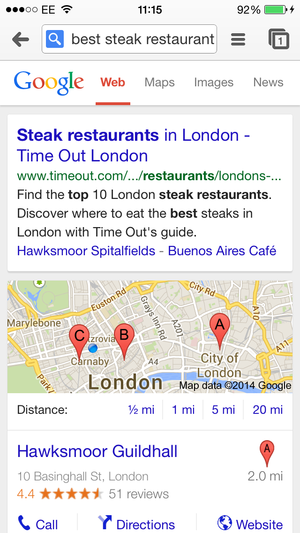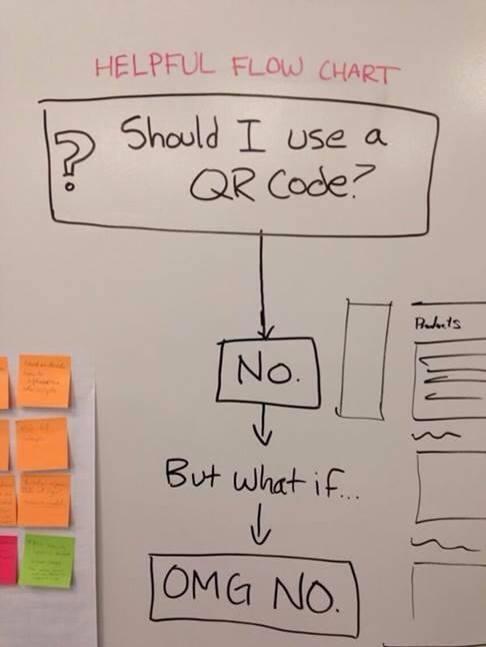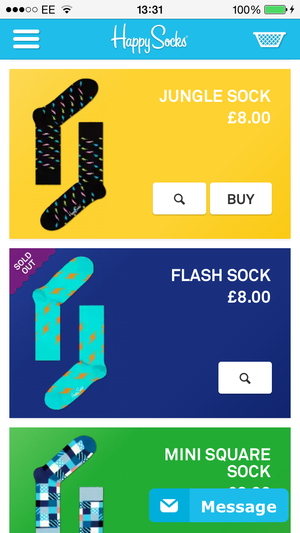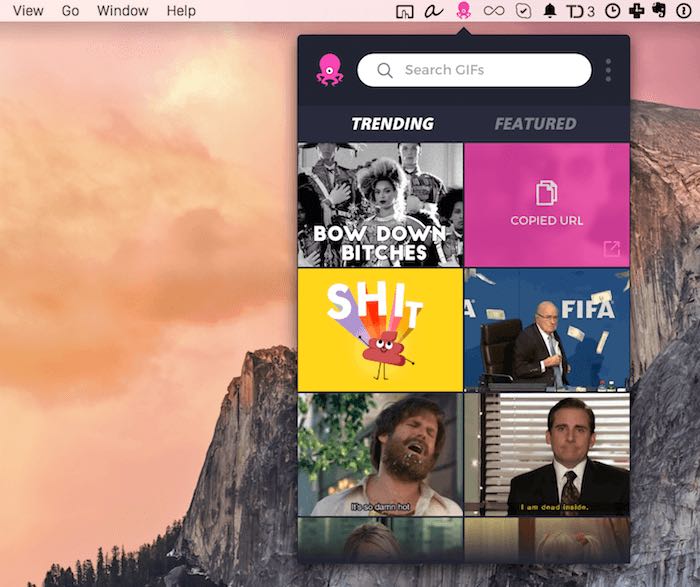Finally, mobile devices are at a stage where technology meets and occasionally exceeds the expectations of the consumer.
Although not every retailer is offering a flawless and perfectly persuasive conversion bonanza when it comes to a mobile commerce experience, but most are now beginning to at least think ‘mobile first’ when it comes to ecommerce design.
Obviously the arguments for responsive or adaptive design can hardly be considered a trend as it’s a conversation that’s been raging for a long while.
So let’s tale a look at some other recent trends that may impact an ecommerce team’s mobile strategy.
Local SEO
Local SEO is focused on providing results that are relevant to a searcher based on their current location. Google recently stated that one in three US mobile queries is now ‘local’ and 87% of people use their phone when on the go.
Google also found that 95% of mobile users look up local information on their phones and the primary functions are calling or visiting a business.
Local results tend to dominate mobile results so getting in on that action is vital to your business. This is a search for best steak restaurant on a mobile. The top result is just a short walk away.

In order for Google and other search engines to serve users with the most relevant information using the vast amount of data they have on us, local based results will become more and more prevalent.
In terms of your own mobile commerce strategy, it’s vital that you ensure your business has a Google+ Local page and a Google Places for Business page. For a much more detailed look at this read What is Local SEO and why do you need it?
Beacons and near-field communications (NFC)
These are types of transmitters that can deliver targeted information to a user’s mobile device whenever they go near it with an enabled app.
Apple has introduced a version, named iBeacons, to its own stores. Customers are greeted on their iPhone as they walk through the door, are shown product information, offered promotions and the ability to pay without queuing.
Beacons offer a more targeted message from marketers, taking into account context, location, user behaviour and user profile. This will increase the likelihood of conversion as the customer’s attention will be caught just at the right point of the journey.
Beacons are a good way to combat the detrimental effects that showrooming presents. Retailers will be able to deliver targeted products accurately, along with store information and most importantly exclusive in-store offers and discounts. iBeacons may be the perfect way to bring the online offline.
Mobile payments
Your wallet is fast becoming redundant. In fact even your contactless debit card may even go the way of the cheque book in a few years. Alternative payment methods via your mobile are becoming the fastest, most convenient way to pay for goods, in fact 43% of online transactions use alternative payments.
From various bitcoin platforms, to PayPal, to FlyPay, there are many companies out there creating technology that’s helping consumers pay for their goods in both online and offline retail.

Barcode scanning
Although technology like Amazon Dash, the little electronic wand that lets you scan items in your own home and add them to a shopping basket, are somewhat of a gimmick, the fact that your smartphone can easily provide the same functionality with its own camera will have a massive effect on traditional supermarket shopping.
Email marketing becomes mobile first
With most smartphone users opening their emails on their small screens, it’s becoming a huge priority for brands to ensure that their marketing emails are responsive to screen sizes.
More than half (52%) of 18-34 year-olds have clicked through to a website from a mobile email.

If these emails also link through to equally relevant, mobile optimised landing pages than you’re on to a winner.
Death of the QR code
Here’s a flow chart that I regularly share which helps companies decide if they might need a QR code or not.

QR codes have a bad rep. Erroneous and at times dangerous placement isn’t the only misuse of the QR code. Too often they lead to sites that haven’t been mobile optimised, or to landing pages different from what was initially promised.
QR codes are a victim of rabid technological excitement. An interesting idea that has been pounced on by the late majority without any proper planning or thought and turned into a gimmicky butt of all marketing jokes.
Here are six mobile marketing alternatives to QR codes.
App antipathy
Fuelled mainly by the move to adaptive and responsive web design, apps are starting to feel rather redundant. Paid apps are dying off and account for less than 10% of app downloads and the growth of free apps is also starting to slow down. There is a certain feeling that the novelty has begin to wear off.
Again, fuelled by the improvement in smartphone technology and connectivity, people are now more likely to shop via mobile or responsive sites than apps. If you’re out and about, you’re far more likely to browse a retail site’s website than visit an app store, search for the app then wait to download it.
Many retailers such as Threadless offer an app or a responsive website, so its customers have a choice in how they wish to shop.
Here are the mobile site’s gorgeous homescreen product images…

Users of the app can scroll through these great tiled images or filter by product type by accessing the hamburger menu.


There are also a few instances where retail apps are far superior to their desktop or mobile site counterparts. eBay’s app in particular is the superior way to use its service.
To read more on the subject, check out Ben Davis’s post on who needs mobile retail apps?
Flat design
With mobile devices becoming the primary screen on which we browse the internet, there is a growing need for desktop sites to utilise responsive design. Flat tile shaped sections on a site are much more adaptable and easier to shrink down and rearrange when viewing on different screen sizes.
Also without fancy graphics and animation, page load times are much quicker. Making your site more user friendly and accessible, and will ultimately improve its SEO.
Here’s Happy Socks with its bold and exuberant flat design…

Simple yet innovative design
I’ve ripped this example off from Chris Lake’s recent motion design trends article – which by the way is a must-read – it basically proves how simple techniques can transform the UX of your site into something quite jaw-dropping.

Of course, mobile screens demand simplicity and clarity above all else, it still doesn’t mean you can’t have some fun.
4G
Of course all of this would be for nothing if you couldn’t connect to the internet in super-fast time, with minimal load-time and zero frustration.
Although with EE covering only 60% of the UK, O2 and Vodafone only covering 13 cities and Three only just rolling out, the following quote from William Gibson seems appropriate:
The future has already arrived, it just isn’t evenly distributed yet.
























No Comments